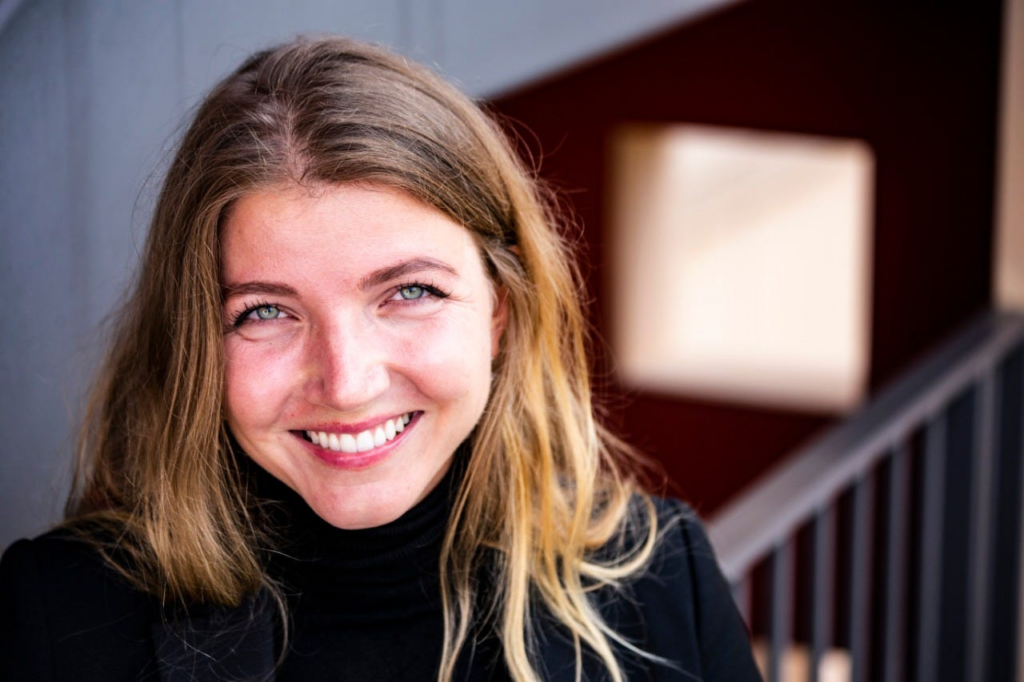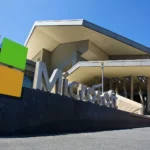- 12,000 tonnes of CO₂ to be removed by Terradot under a multi-year offtake agreement with Microsoft, funding the most advanced ERW monitoring effort to date.
- Scientific breakthrough: Research will go beyond registry requirements to improve MRV accuracy and trust in Enhanced Rock Weathering.
- Commercial scale-up in Brazil: Terradot has already deployed nearly 50,000 tonnes of rock across 2,000 hectares, targeting first carbon credits in 2025.
Terradot is accelerating global carbon removal with science-backed ERW at scale.
The climate tech company has signed a deal with Microsoft to remove 12,000 tonnes of CO₂ between 2026 and 2029. More than a credit purchase, the agreement will fund the most comprehensive scientific monitoring ever conducted at a commercial Enhanced Rock Weathering (ERW) site.
“This agreement with Microsoft represents a critical step forward in our mission to transform Enhanced Rock Weathering into a cornerstone of global carbon removal efforts,” said James Kanoff, CEO of Terradot. “Beyond purchasing carbon removal credits, Microsoft is investing in the scientific research needed to build confidence in ERW and dramatically improve the accuracy of measurement, reporting, and verification.”

Backed by capital and growing demand:
The agreement follows Terradot’s $54M Series A funding round—including investment from Microsoft’s Climate Innovation Fund—and nearly 300,000 tonnes of carbon removal deals with Google and Frontier signed in 2024.
RELATED ARTICLE: Microsoft Signs Carbon Removal Deal with Nature-Based Startup Grassroots Carbon
“This deal advances Microsoft’s interest in exploring under what conditions Enhanced Rock Weathering can safely become a cost-effective, scalable source of high-quality carbon removal,” said Brian Marrs, Senior Director, Energy & Carbon Removal at Microsoft. “Improving soils – both through conservation practices and addition of alkaline rocks – has the potential to deliver real benefits to farmers in addition to the climate.”

Advancing the science: ERW validation at new scale
The Microsoft-funded research will:
- Boost scientific confidence in ERW as a legitimate and verifiable method of carbon removal
- Develop scalable, low-cost measurement, reporting, and verification (MRV) systems for future ERW deployments
Current registries offer a foundation for ERW crediting, but Terradot’s Brazil project will go far beyond these baselines. The protocol includes high-density soil sampling, advanced watershed monitoring, and detailed carbon cycle modeling.
“The research we’re conducting will serve two critical functions,” said Professor Scott Fendorf of Stanford University and founding member of Terradot’s science team. “First, it will build trust and confidence in ERW measurement, reporting, and verification – not just for Terradot but for the industry as a whole – giving buyers even more confidence that ERW can meet urgent carbon removal needs. Second, the data will enable Terradot to develop incredibly low-cost MRV approaches that will allow us to scale to meet the growing customer demand created by increased confidence in ERW as a gold standard of carbon removal. It’s a win-win.”

Scaling in Brazil: Operations turning science into impact
Terradot is deploying at commercial scale across Brazil, where nearly 50,000 tonnes of rock have already been applied to 2,000 hectares of land.
Strategically located within 50 km of quarries, the Brazil sites benefit from short supply chains, low-carbon infrastructure, and ideal weathering conditions. The company aims to deliver its first carbon credits in late 2025.
“Brazil’s unique combination of tropical soils, clean electricity grid, and agricultural infrastructure makes it an ideal location for scaling ERW,” said Julia Marisa Sekula, Terradot’s Chief Financial Officer and Director of Brazil Operations. “Our projects in Brazil demonstrate how strategic deployment—with rock quarries located within 50 kilometers of farmland—creates both operational efficiency and scientific opportunity. By integrating carbon removal with agricultural benefits like improved soil pH and enhanced micronutrients, we’re building a model that delivers value to farmers while advancing a global climate solution that can be deployed at gigaton scale.“

Follow ESG News on LinkedIn
The post Microsoft Signs 12,000T Carbon Removal Deal with Terradot to Advance Science of Enhanced Rock Weathering appeared first on ESG News.
